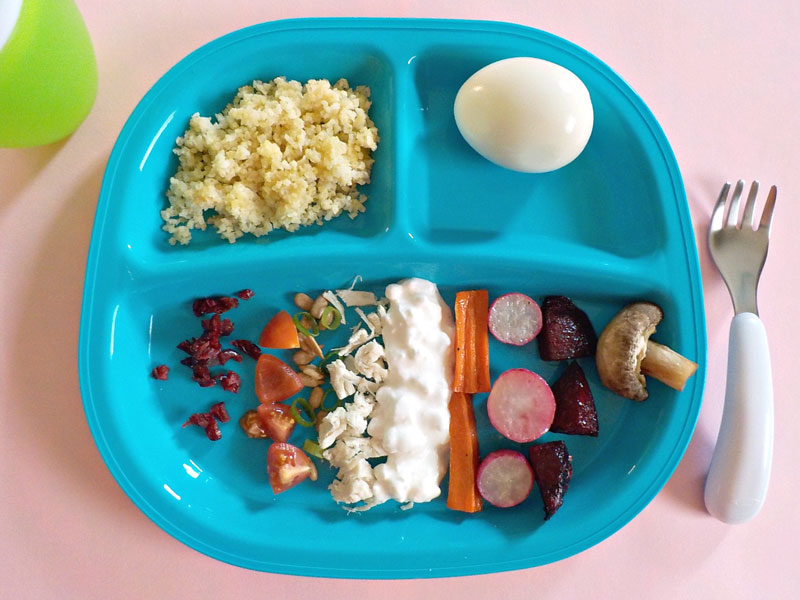Feeding toddlers can sometimes feel like an arduous task, especially when you’re trying to ensure a balanced diet while appealing to their finicky palates. Here are some easy, nutritious meal ideas to win over your toddler and give them the vital nutrients they need.
Breakfast: Overnight Oats with Fruits
Overnight oats require minimal prep time. Mix rolled oats with yogurt and a splash of milk, then leave it in the fridge overnight. The oats provide slow-release energy and fiber, while the yogurt boosts protein.
Mid-Morning Snack: Veggie Sticks and Hummus
For a snack, serve your toddler various colorful vegetable sticks with hummus for dipping. This provides a mix of vitamins, fiber, and protein. Carrots, cucumbers, and bell peppers are often well-liked by toddlers, and hummus is a tasty, protein-rich dip.
Lunch: Quinoa Veggie Fried Rice
Swap out traditional rice for quinoa in homemade veggie fried rice. Quinoa is a complete protein and high in fiber, making it an excellent ingredient for a toddler’s lunch. Add colorful veggies and scrambled eggs for added nutrition and flavor.
Afternoon Snack: Banana and Peanut Butter Roll-Ups
Spread a thin layer of peanut butter onto a whole wheat tortilla, place a banana at one end, and roll it up. Slice into bite-sized pieces. This snack delivers protein, fiber, healthy fats, and potassium. Ensure that the peanut butter is spread thinly.
Dinner: Baked Sweet Potato Wedges and Grilled Chicken
Baked sweet potato wedges are a nutrient-dense alternative to regular fries, packed with Vitamin A. Serve with grilled chicken for protein and add steamed vegetables for a balanced meal.
Dessert: Greek Yogurt with Berries
Greek yogurt offers a healthy dose of protein and calcium. Serve it with a topping of mixed berries for added fiber and antioxidants. This dessert is a great way to end the day on a sweet yet healthy note.
Additional Tips for Toddler Feeding Success
a. Keep it Colorful: Introduce various brightly colored foods to make the meals visually appealing. This will pique your toddler’s interest and ensure they get various nutrients from different food groups.
b. Make It Interactive: Let your toddler participate in the meal preparation process when it’s safe. This can spark their curiosity and interest in the food, making them more likely to eat it.
c. Presentation Matters: Appealingly arrange the food. You could use cookie cutters to create fun shapes or arrange the food to resemble a face or animal.
d. Portion Sizes: Remember, your toddler’s tummy is tiny. Offer small, frequent meals instead of three large ones. Too much food can be overwhelming and might discourage them from eating.
e. Encourage Self-Feeding: Provide opportunities for your toddler to feed themselves. This helps to develop their fine motor skills and creates a sense of independence.
f. Patience is Key: It might take multiple introductions before your toddler is comfortable eating new food. Keep offering it without forcing them to eat; they will likely begin to accept it over time.
Conclusion
Feeding a toddler is no small task, but it can also be a rewarding experience. With some creativity and patience, you can help establish a foundation for healthy eating habits that will last a lifetime. Always consult your pediatrician or a dietitian if you have concerns about your child’s nutrition or diet. Bon appetit, little ones!


